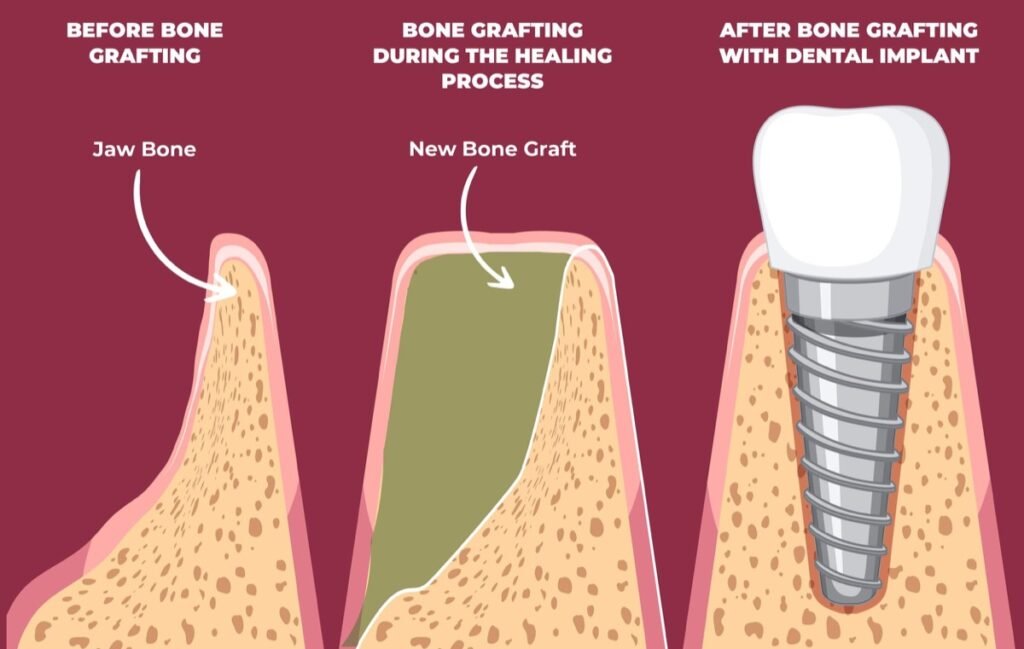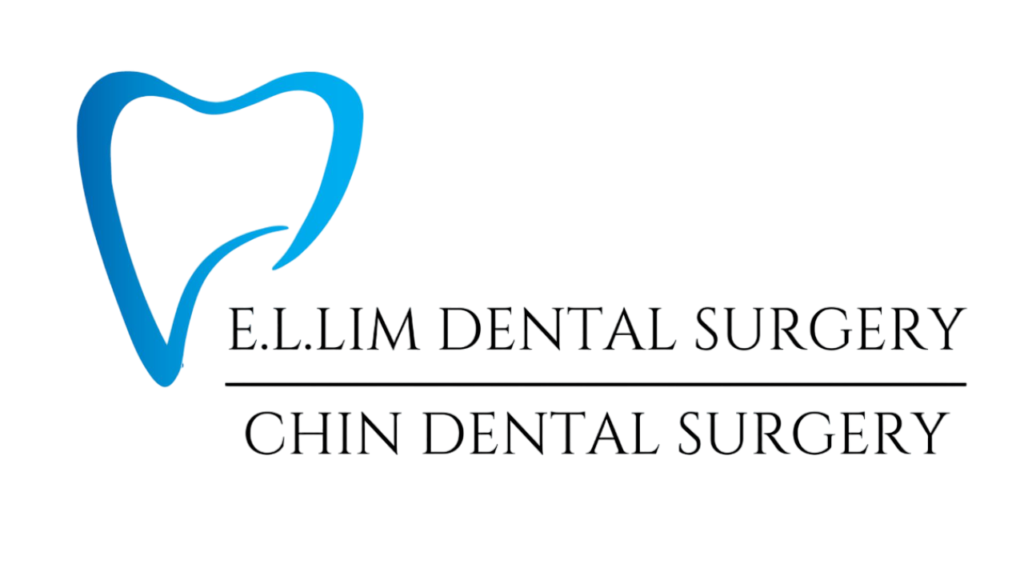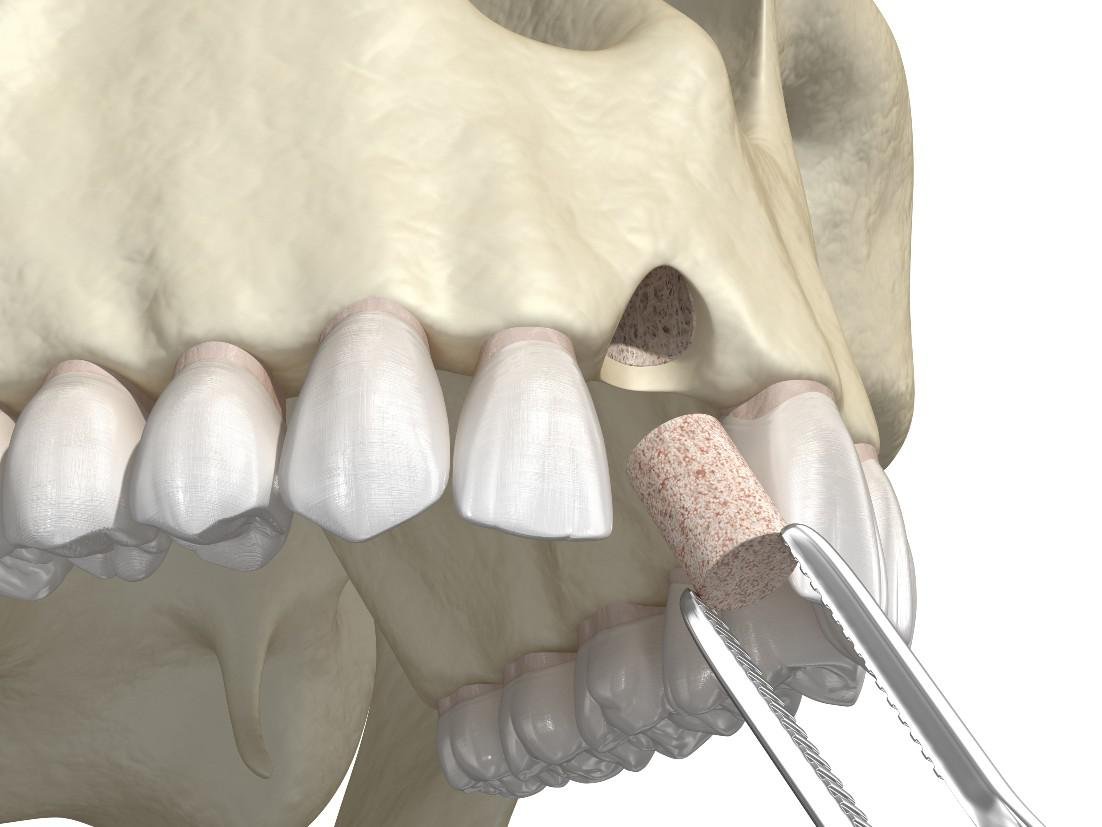If you’re considering dental implants, there’s a good chance you’ve heard about bone grafting. But what exactly is a bone graft, and why do some people need one before getting implants? This guide will walk you through the essential information about bone grafts, from why they’re necessary to what you can expect during the process, plus tips for a smooth recovery.
Why Are Bone Grafts Necessary for Dental Implants?

Dental implants need a solid foundation, and that foundation is your jawbone. Unfortunately, many people don’t have enough bone to support implants. A few common reasons for bone loss include:
Tooth Loss: When a tooth is missing for an extended period, the surrounding bone can shrink away. Without the stimulation that comes from chewing, the body begins to resorb the bone, leading to reduced density.
Gum Disease: Severe gum disease, or periodontitis, can cause both the gums and bone to erode over time. As the infection spreads, it damages the tissue and bone surrounding teeth.
Injury or Trauma: Physical injuries to the jaw can lead to fractures or a loss of bone density, making it harder for implants to hold.
Some people are just born with naturally thinner bone in certain areas, which can also affect their ability to get implants.
Types of Bone Grafts for Implants
Not all bone grafts are the same. Depending on your situation, your oral surgeon may recommend one of these types:
Autografts
This method involves using bone from another part of your body, such as the hip or jaw, to add to the implant area. Because it’s your tissue, there’s minimal risk of rejection, but it does require a second surgical site.
Allografts
Here, the graft uses bone from a human donor, which has been treated to be safe. This option doesn’t require an additional surgical site and is widely used.
Xenografts
Bone material from animals, like cows, can also be used for grafting. The material undergoes strict processing, making it safe and effective for patients needing additional bone.
Alloplasts
Synthetic bone grafts use biocompatible materials, like calcium phosphate, to promote bone growth. These grafts are often chosen for their versatility and predictability.
Common Concerns About Bone Grafting
Is the procedure painful?
Most patients report feeling mild to moderate discomfort, similar to a tooth extraction. Dentists often prescribe pain relievers, and within a few days, most patients feel minimal soreness.
How successful is bone grafting?
Bone grafts have a high success rate—around 90% to 95%. Following your dentist’s aftercare instructions can help ensure a smooth recovery.
Are there risks?
As with any surgery, there’s a slight risk of infection or graft rejection. Following good oral hygiene and your dentist’s post-op instructions helps minimize these risks.
How Bone Grafts Improve Dental Implant Success
Bone grafts significantly increase the chances of a successful implant. By creating a stronger, more solid foundation, grafts allow the implant to fuse properly with the jawbone. Studies show that implants in grafted bone are as stable—if not more so—than implants in natural bone, providing a stable and long-lasting result.
Are There Alternatives to Bone Grafting?
In some cases, other procedures may be recommended as alternatives to a bone graft. Options for suitable candidates include —
Zygomatic Implants: For patients with severe bone loss, these implants are anchored into the cheekbone instead of the jaw. Though this may be a rare procedure to see offered in Malaysia.
Ridge Expansion: A surgeon can widen the jawbone ridge to create enough space for an implant.
Sinus Lifts: If you need implants in the upper jaw, a sinus lift adds bone beneath the sinus to increase the height of your jawbone.
Dental Clinic in Penang
Is Bone Grafting Right for You?

Bone grafting has helped millions of patients achieve successful dental implants, and it might be the right choice for you. Your dentist will help assess whether a bone graft is necessary, guiding you through the options and potential outcomes.
By investing in a bone graft, you’re building a strong foundation for your implants and taking a big step toward a lasting, beautiful smile. A good conversation with your dentist is the first step to understanding all the benefits and ensuring a healthy future for your teeth.





